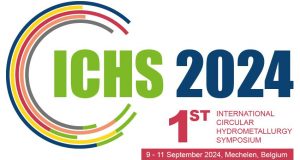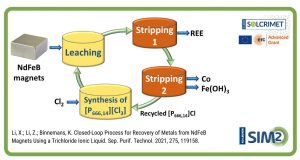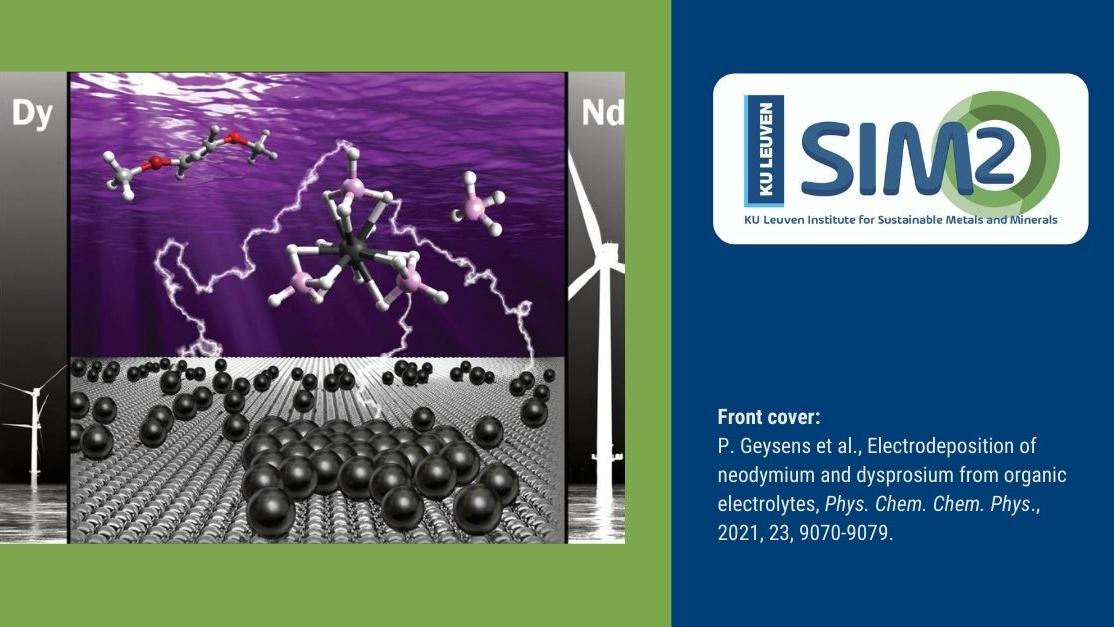On September 13, 2017, the European Commission finally published a Communication on its long-awaited updated list of Critical Raw Materials (CRMs). The impact of this iconic list cannot be underestimated. Its primary purpose is to identify the raw materials with a high supply-risk and a high economic importance to which reliable and unfettered access is a concern for European industry and value chains. Following a further refined methodology the list provides, according to the Commission, “a factual tool for trade, innovation and industrial policy measures to strengthen the competitiveness of European industry in line with the renewed industrial strategy for Europe, for instance by: identifying investment needs which can help alleviate Europe’s reliance on imports of raw materials; guiding support to innovation on raw materials supply under the EU’s Horizon 2020 research and innovation programme; drawing attention to the importance of critical raw materials for the transition to a low-carbon, resource-efficient and more circular economy.”
The 2017 features 27 critical raw materials: Antimony, Beryllium, Borates, Cobalt, (Coking Coal), Fluorspar, Gallium, Germanium, Indium, Magnesium, Natural Graphite, Niobium, Phosphate Rock, Silicon Metal, Tungsten, Platinum Group Metals, Light Rare Earths and Heavy Rare Earths, Baryte, Bismuth, Hafnium, Helium, Natural Rubber, Phosphorus, Scandium, Tantalum, and Vanadium.
SIM² KU Leuven has been and is working on the recovery/recycling of several of those, being Antimony, Cobalt, Gallium, Germanium, Indium, PGMs, Light and Heavy REEs and Scandium. Together with its national partners (like VITO, UGent, Umicore, Campine, Metallo, Nyrstar, Solvay etc.) and its EU partners (industry and academia, cf. EIT RawMaterials and H2020 ETN/(R)IA partners), SIM² KU Leuven looks forward to use this list of CRMs when prioritising – in the near future – which (primary and secondary) EU-based resources to work on in view of CRM recovery.
One key element that is not on the list, and which is nevertheless of crucial importance for the transition to a low-carbon economy, is Lithium. SIM² KU Leuven will work on this element regardless and let’s see if this element misses out in the next update… (ptj, 20-9-2019)
Download the CRM 2017 REPORT here: https://ec.europa.eu/transparency/regdoc/rep/1/2017/EN/COM-2017-490-F1-EN-MAIN-PART-1.PDF

 European Training Network for the Design and Recycling of Rare-Earth Permanent Magnet Motors and Generators in Hybrid and Full Electric Vehicles (DEMETER)
European Training Network for the Design and Recycling of Rare-Earth Permanent Magnet Motors and Generators in Hybrid and Full Electric Vehicles (DEMETER)



